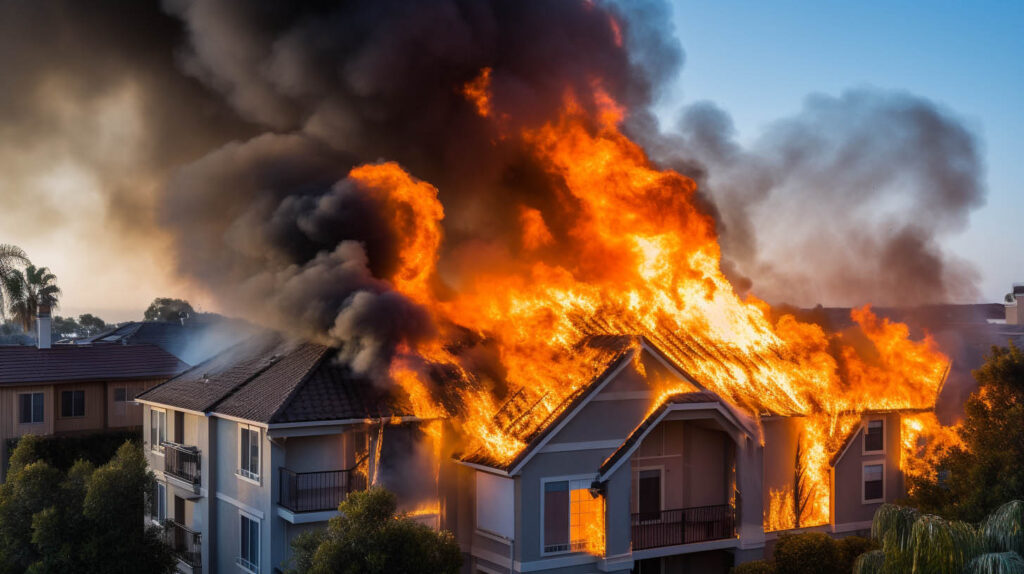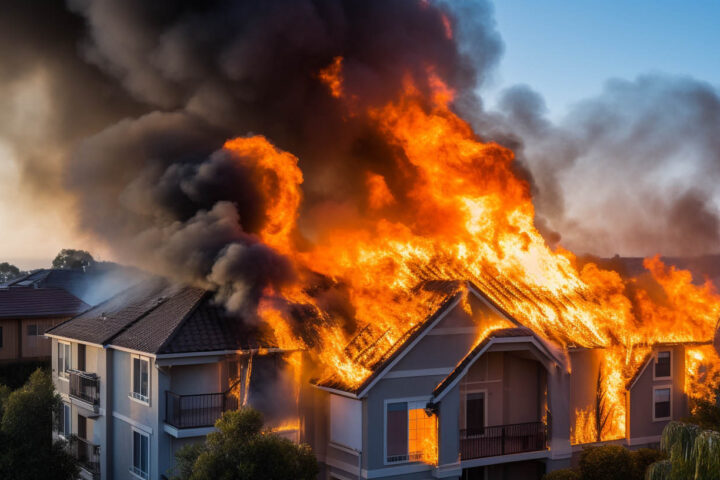
The Critical Role of Roof Fire Ratings
In California, the threat of wildfires necessitates stringent regulations for building construction, particularly for roofing materials. The roof of a property is a key line of defense against fire damage. Understanding roof fire ratings is essential for ensuring the safety and compliance of your property.
The Testing Process for Roof Fire Ratings
California employs a rigorous testing process to determine roof fire ratings, adhering to standards set by the American Society for Testing and Material (ASTM) Standard E-108 and the National Fire Protection Association (NFPA) Standard 276. This test evaluates roofing materials based on their ability to:
- Resist and prevent fire spread to the roof space or attic.
- Prevent flames from spreading across the roof covering.
- Inhibit embers from igniting a fire.
Classifications of Roofing Materials
Roofing materials are categorized into three classes based on their fire resistance:
- Class A: This is the highest level of fire-resistant roofing, including materials like asphalt shingles, concrete or clay tiles, slate, and metal roofs.
- Class B: Effective against moderate fire exposure, this category often includes pressure-treated shakes and shingles.
- Class C: These materials offer lower fire resistance and include untreated wood shakes, plywood, and certain synthetic products. Improvements can be made with additional underlayment.
Selecting the Right Roofing Contractor
When considering roof replacement or repair, especially in wildfire-prone areas, it’s crucial to choose a roofing contractor who specializes in fire-resistant materials. Roof Repair Specialist, with our expertise in roofing in Los Angeles, ensures the use of Class A materials, providing maximum safety and compliance.
Skylights and Fire Safety
Skylights can increase fire risk by serving as potential entry points for flames. To mitigate this risk:
- Keep skylights closed during wildfire seasons.
- Avoid placing skylights near combustible materials.
- Regularly clean areas around skylights and remove overhanging vegetation.
Managing Roof Edges and Guttering
The edges of your roof and guttering are vulnerable to fire. Accumulated debris can ignite, spreading fire to the roof and interior spaces. Regular cleaning and the use of gutter covers can significantly reduce this risk.
Conclusion: The Importance of Fire-Resistant Roofing
In areas like Los Angeles, where wildfires are a significant concern, the fire-retardant properties of your roof are crucial. Regular maintenance, choosing the right materials, and working with experienced roofing contractors in Los Angeles, like Roof Repair Specialist, are key to ensuring the safety and integrity of your property.




